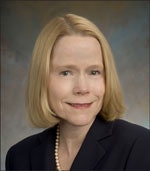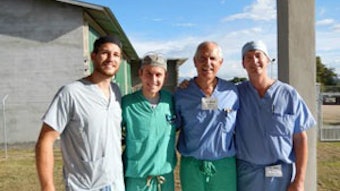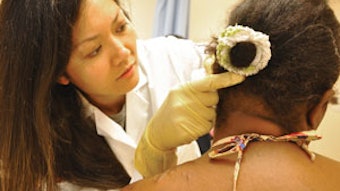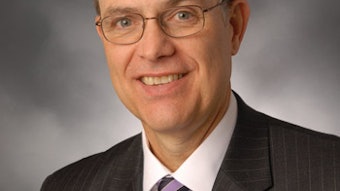We Are United in Our Diverse Field
With our new Bulletin publication schedule, the December and January issues are consolidated so we can simultaneously say goodbye to 2014 and move on to 2015. More importantly, this expanded issue can accommodate information that will be valuable to Members throughout the coming year, as we continue “Transforming, Thriving, Together.”
 Gayle E. Woodson, MD, AAO-HNS/F President
Gayle E. Woodson, MD, AAO-HNS/F PresidentWith our new Bulletin publication schedule, the December and January issues are consolidated so we can simultaneously say goodbye to 2014 and move on to 2015. More importantly, this expanded issue can accommodate information that will be valuable to Members throughout the coming year, as we continue “Transforming, Thriving, Together.” See online coverage of valuable committee work for instance.
Together is a key word. The AAO-HNS supports the common interests of all otolaryngologists. Although there is significant variation in our practice settings and the areas of our specialty in which we focus, we all face the challenges of practicing in our evolving healthcare system. United, we are strong.
There is growing concern among Members that the increasing trend of subspecialization threatens the unity of otolaryngology. This is a legitimate concern. Other specialties have been significantly influenced by subspecialization. For example, general surgeons are increasingly restricted to a narrow range of practice, and the field has been carved out into domains including thoracic, vascular, colorectal, and increasingly, breast surgery. To date, otolaryngology has not been so severely fragmented.
Most general otolaryngologists have a broad spectrum of practice. Medical students are still attracted to the field because they like the broad range of practice that includes adults and children. As I reviewed the results of our recent membership survey, I noted there were more declarations of subspecialties than there were respondents to the survey. This is because many general otolaryngologists rightly lay claim to their training as multiple subspecialists. Take a look at your certificate. If you were certified after 1998, it states that you were certified in general otolaryngology, otology, facial plastic surgery, head and neck surgery, and pediatric otolaryngology. If your certificate does not say that, you can request a new version that does accurately reflect your training.
Pediatric otolaryngology seems to be the most problematic issue at present. More children’s hospitals and pediatric healthcare networks are appearing. The administrators of these facilities and the pediatricians who are the primary caregivers favor otolaryngologists who have done pediatric otolaryngology fellowships, even for common procedures such as tonsillectomies.
The Academy is committed to supporting the qualification of ALL physicians certified by the American Board of Otolaryngology (ABOto) to provide expert care to children and plans to launch a public relations and educational campaign, working in collaboration with ABOto and the American Society of Pediatric Otolaryngology (ASPO). The goal is for us to collectively continue thriving, as physicians who have chosen one of the most diverse and rewarding career paths in the field of medicine.



